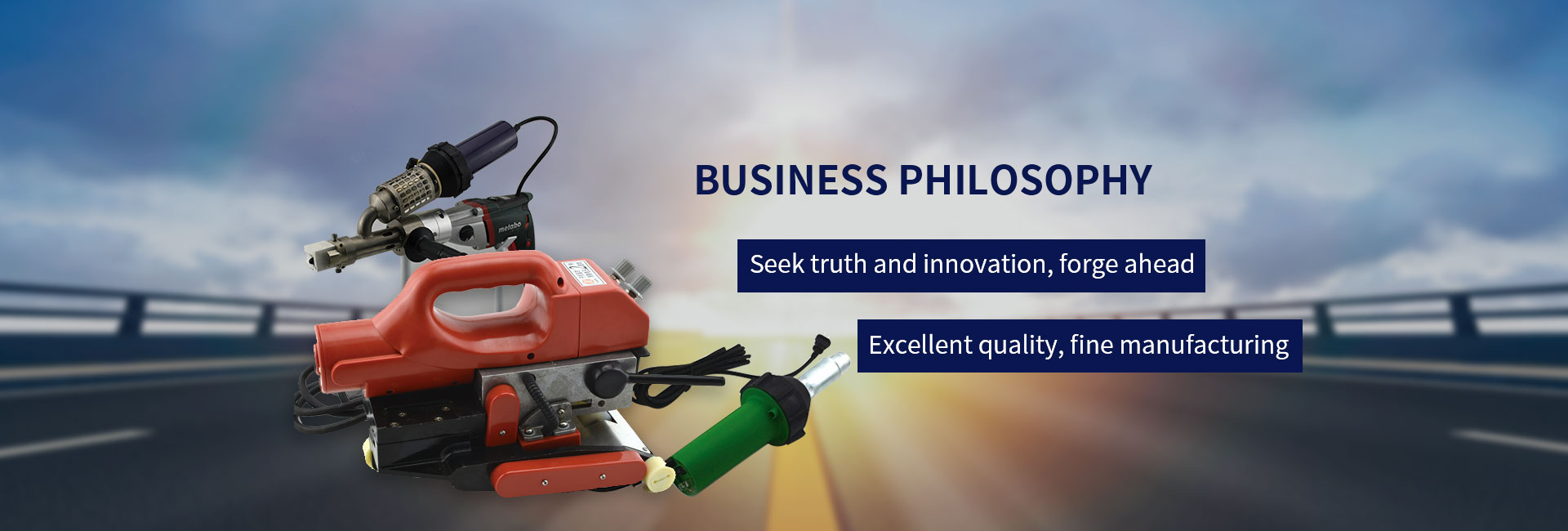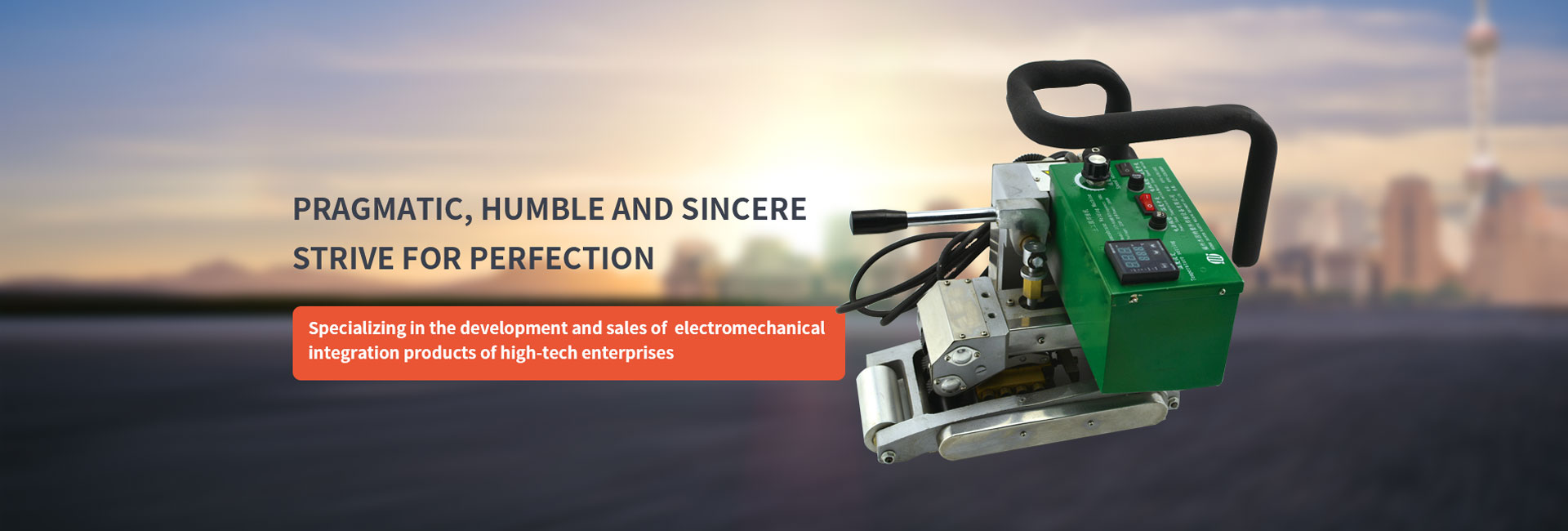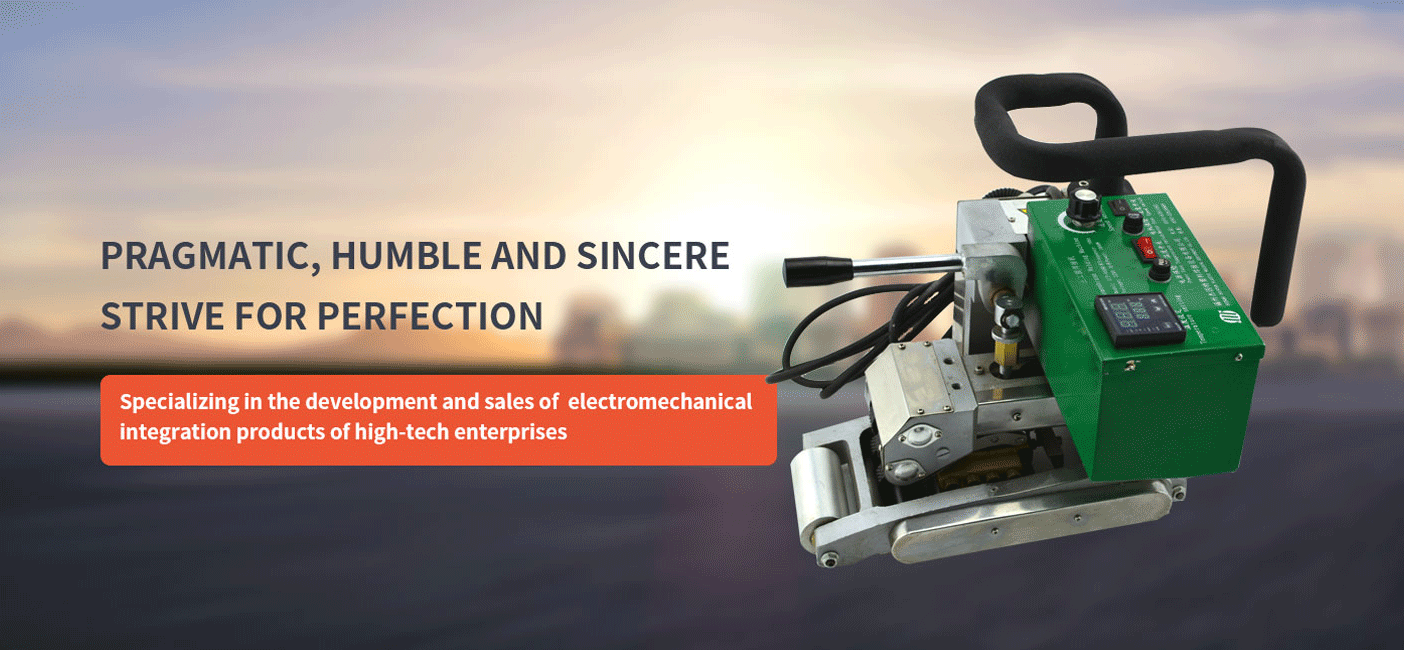Chapter I . Basic requirements
1. Before laying HDPE geomembrane, the laying base shall be inspected comprehensively with the civil construction party, supervision, design and owner to meet the design requirements and construction conditions, and the construction shall be completed only after the handover inspection records are made.
2. The quality of foundation surface should meet the design requirements: the base surface of foundation pit, the slope and its slope ratio, the anchorage groove on the slope, the joint between the slope and the artificial surface should be treated, and the foundation surface of the storehouse wall concrete structure should strictly meet the design requirements.
3. The base surface should be dry, compacted, flat, crackless, without obvious spikes, muddy and depression. There should be no roots, debris, gravel, steel head and glass chips in the 25 mm vertical depth. Its smoothness should change smoothly within the allowable range, with uniform gradient and uniform gradient.
4. The shadows at the Yin and Yang corners on the base plane should be smooth transition, and the root of the column should be made into an arc shape.
5. The surface of the substrate is dry and the moisture content should be below 15%.
6. The base should be compact and uniform, and the dry density of the soil base should not be less than 1.4t/_.
7. The construction of geomembrane can be carried out after the acceptance and signature of the construction, supervision, design unit, owner and general contractor.
Chapter II .Climate Requirements for Construction
1. Temperature should generally be above 5 degrees Celsius. Geomembranes should be tense at low temperatures and relaxed at high temperatures.
2. Wind power is below four levels.
3. When the temperature is too low, gale and snow weather above grade 4 should not be constructed.
4. When the wind affects the construction of Geomembrane in windy weather, the HDPE geomembrane to be welded should be firmly pressed by sand bags.
Chapter III. Laying of HDPE
1. Before laying HDPE geomembrane, there should be corresponding certificate of acceptance of civil engineering.
2. Before cutting HDPE film, it is necessary to measure its relative size accurately, then cut it according to the actual size. Generally, it is not suitable to cut HDPE film according to the graphic size. It should be numbered piece by piece and recorded on the special form in detail.
3. When laying HDPE geomembrane, we should try to minimize the welding seam and save raw materials as much as possible on the premise of guaranteeing quality. At the same time, it is easy to guarantee the quality.
4. The overlap width of the seam between the film and the film is not less than 10 cm, which usually makes the direction of the seam arrangement parallel to the maximum gradient, i.e. along the gradient direction.
5. Usually in corners and abnormal areas, the length of joints should be as short as possible. Except for special requirements, no welds shall be installed as far as possible in the range of 1.5 meters from the top slope or stress concentration area on slopes with slope gradient greater than 1:6.
6. HDPE geomembrane should avoid artificial folds in laying. When the temperature is low, it should be tightened and paved as far as possible.
7. After the HDPE geomembrane is laid, it is necessary to minimize walking on the membrane surface, moving tools and so on. Any objects that can cause harm to the HDPE membrane should not be placed on the membrane or carried on the membrane to avoid accidental damage to the membrane.
Chapter IV. Welding of Geotechnical Film
1. Welding process of hot-dip welding machine is divided into: adjusting pressure setting temperature setting speed welding seam lap check film loading machine start motor pressure welding.
2. There should be no oil and dust at the joint. The overlap surface of HDPE geomembrane should not contain sediment and other debris. When there are debris, it must be cleaned before welding.
3. At the beginning of welding every day, a 1.0m x 0.3m specimen must be welded on the spot. The overlap width is not less than 10cm, and the peeling and shearing tests are carried out on the spot with a tension machine. After the specimen is qualified, the speed, pressure and temperature adjusted at that time can be used for formal welding. Samples should be marked with date, time and ambient temperature. When using Geotechnical Membrane Welding Machine in the welding process, it is necessary to pay attention to the operation of climbing welding machine at any time, and to fine-tune the speed and temperature according to the actual situation on the spot.
4. The weld seam should be neat and beautiful, and there should be no slip welding or jump-off phenomenon.
5. When the length of geomembrane is insufficient, long-direction splicing is needed. The transverse weld should be welded well first, and then the longitudinal weld. The transverse weld spacing greater than 50 cm should be T-shaped, not cross-cutting.
6. The adjacent geomembrane welds should be overlapped by staggered seams as far as possible. The joints formed between the membranes should be T-shaped, and the cross type should be minimized. Extrusion welding machine should be used to strengthen the longitudinal weld joints.
7. No dead bending is allowed when welding film. When laying HDPE geomembrane, according to local temperature variation and HDPE geomembrane performance requirements, the expansion deformation caused by temperature change is reserved.
8. When the temperature of Geotechnical Film Welding Machine indicated by the temperature control of Geotechnical Film Welding Machine is lower than 200 degrees Celsius, clean cloth or cotton yarn should be used to wipe off and re-weld. If necessary, it should be re-polished, and hand rubbing test should be avoided.
9. When the joint is affected by condensation, dampness and sediment, after treatment, it is welded.
10. Welding should not be carried out during rainy season or when there is moisture, dew or sand in the joints, except when protective measures are taken.
11. When the temperature is below 5 C, construction should not be carried out according to the specifications. If construction is necessary, the welding machine should be pre-heat-treated before welding.
12. In the welding process of extrusion welding torch, the slider of the gun head should be checked frequently. When the wear is serious, the slider should be replaced in time to avoid damage to the film surface.
13. Geomembranes should be supplied by generators with good voltage stabilization when welding. In special cases, when local power is used, voltage stabilizers must be used.
Chapter V.Anchorage of HDPE Film
1. There are three kinds of anchorage methods: groove anchorage, shooting anchorage and expansion bolt anchorage; usually, groove anchorage is used.
2. When using groove anchorage, the width of groove should not be less than 0.5m-1.0m and the depth of groove should not be less than 0.5m-1.0m, depending on the use conditions and stress conditions of HDPE geomembrane.
3. When anchoring by shooting nails, the width of the strip should not be less than 2 cm, the thickness should not be less than 2 mm, the distance between shooting nails should not be more than 400 mm, and the exposed area of the strip should have anti-corrosion measures.
4. When using expansion bolt to anchor, the diameter of bolt is not less than 4 mm, and the distance between bolts is not more than 0.5 mm. During construction, the film placed in the position should be temporarily fixed with a ready sand bag to prevent the high wind from blowing and shifting HDPE film, and then the expansion bolt is anchored.
Chapter VI. Notices for Geomembrane Construction
1. Electrical equipment and power supply lines shall meet the requirements of relevant professional specifications.
2. In the process of using the power cord of the hot air gun, grinding wheel and welding machine, it is necessary to keep away from the working part as far as possible so as to avoid the leakage of the brain wire.
3. Except for hot air welding, the nozzle of hot air gun should not contact with HDPE film under any circumstances, and should be as far away as possible from film, human body, machinery and other objects.
4. Welder should not be placed directly on HDPE film surface when not in use. It should be placed on bracket or sandbag belt.
5. After using the film cutter, the blade should be retracted immediately into the cutter box.
6. All kinds of temporary small tools used in the field should be put into the toolbox in time after they have been used.
7. It is strictly forbidden to discard the solder directly from the extrusion welding machine gun head on the surface of geomembrane.
8. Safety belts and safety hats must be worn when working in dangerous places such as steep slopes.
9. Smoking is prohibited at the construction site of HDPE geomembrane. Fire protection facilities should also be provided. No shoes with iron nails or high-heeled hard soles should be worn to walk on the membrane surface. No activities that may damage the finished geomembrane products are allowed.
Chapter VII. Detection and Repair of Geomembrane Products
1. The welder operator shall mark the welder, name and time beside the weld specimen and the weld seam under construction.
2. During the construction process, the project manager or the construction team leader shall make the construction log.
3. The detection is carried out in three steps: visual inspection, aeration detection and damage test.
4. Visual inspection mainly examines the appearance of geomembrane, weld quality, T-type welding, basement debris and so on. All constructors should carry out this work in the whole construction process.
5. In addition to visual inspection, vacuum inspection should be used for all weld tightness, and self-inspection should be strengthened for parts that can not be vacuum inspection.
6. The inflatable strength of the pneumatic pressure test is 0.25 Mpa, no leakage for 5 minutes. Considering that the coil is soft and easy to deform, the permissible pressure drop is 20%.
7. When testing the tension of the sample blocks taken from the double-track weld, the standard is that the weld seam is not torn apart while the mother is torn apart during the peeling and shearing tests. At this time, the welding is qualified. If the sample is not qualified, the second piece should be taken from the original weld, and when three pieces are not qualified, the whole weld should be reworked.
8. Tested and qualified samples shall be submitted to the owner, general contractor and relevant units for archiving.
9. Defects found in visual inspection, inflatable testing and damage test should be repaired in time, and those that cannot be repaired immediately should be marked to prevent omission in repairing.
10. Appearance inspection found that there are holes and other defects on the surface of the film, and in the case of welding leaks, virtual welding, damage, etc., should be repaired in time with fresh base metal, and the scar on each side exceeds 10-20 cm of the damaged part. Record well.
11. For repaired welds, detailed visual inspection is generally required to confirm the reliability of repairs before release.









